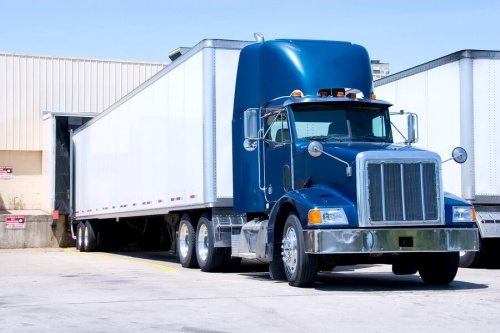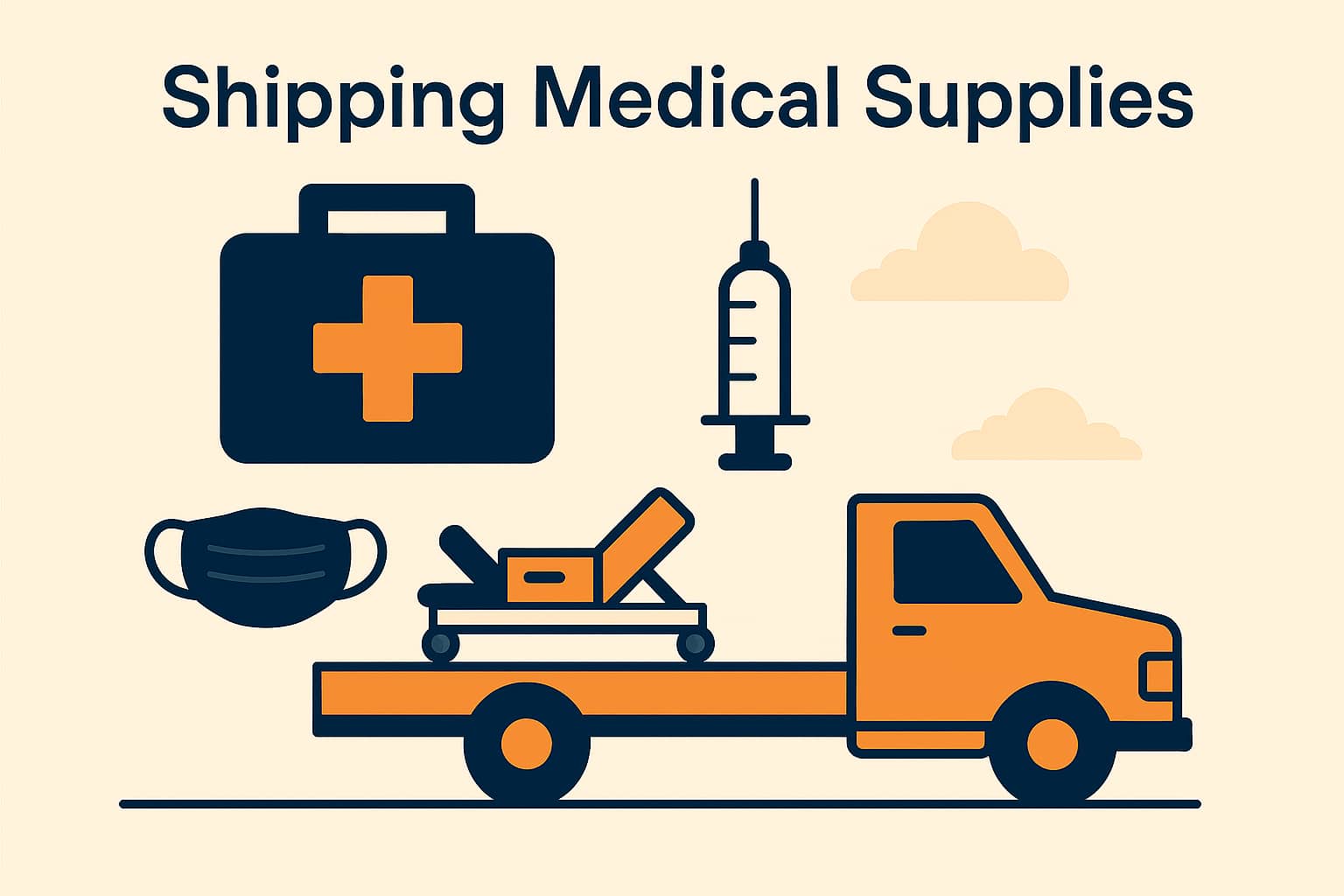FTL vs LTL: Which Freight Shipping Option Is Right for You?
When it comes to freight shipping, choosing between Full Truckload (FTL) and Less Than Truckload (LTL) can significantly impact your costs, delivery speed, and cargo safety.
Both freight shipping options are efficient and cost-effective—but the right choice depends on how much merchandise you’re shipping and your delivery priorities. However, another key factor on which option is best is distance.
What Is Full Truckload (FTL) Shipping?
FTL shipping means your freight fills an entire truck—typically 25 to 26 standard pallets (48″ x 48″). Your cargo is the only shipment on the truck, which offers several benefits:
- Faster transit times
- Lower risk of damage
- No handling between terminals
FTL is ideal for large shipments, high-value goods, or time-sensitive deliveries.
What Is Less Than Truckload (LTL) Shipping?
LTL shipping is used when your freight doesn’t require a full truck. Multiple shipments from different customers are combined into one trailer, which helps reduce costs.
LTL is perfect for:
- Smaller shipments
- Flexible delivery timelines
- Businesses looking to save on freight costs
However, LTL shipments may take longer and involve more handling, which can increase the risk of damage.
How to Choose Between FTL and LTL
Consider the following questions,
How much are you shipping?
If you’re close to a full truckload, FTL may be more economical.Is speed important?
FTL typically delivers much faster with far less probability of damage in transit.Is your cargo fragile or high-value?
FTL reduces handling and risk. Additionally, it is very common for truckload carriers to include insurance of up to $100,000.
Maximizing Your Freight Efficiency
A 53-foot dry van trailer can be loaded in several ways depending on your commodity. Proper loading techniques help maximize space and reduce shipping costs.
Need help deciding? Our experts at Freight-Specialist can guide you through the best option for your business.





